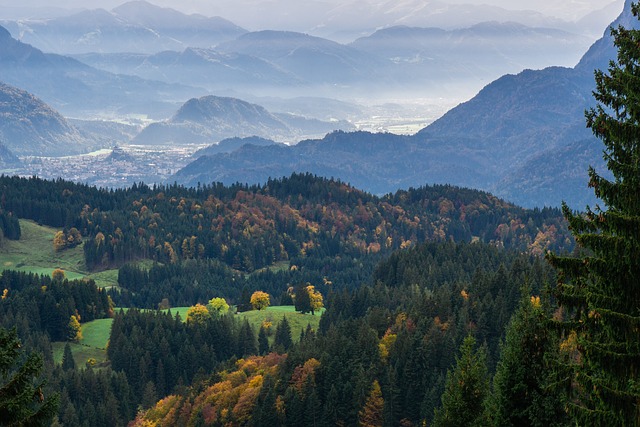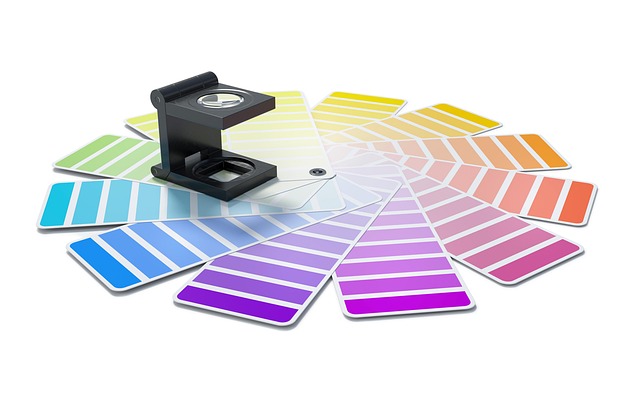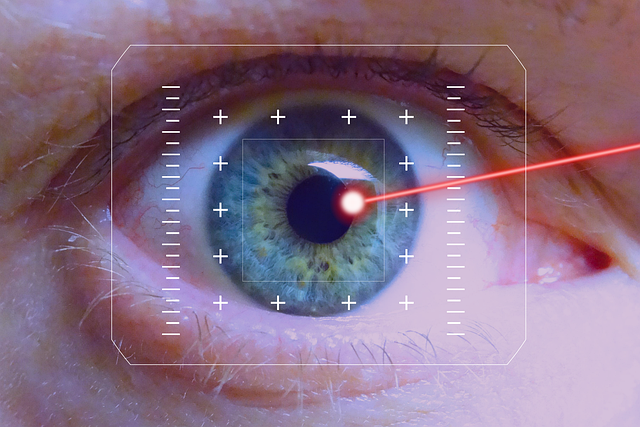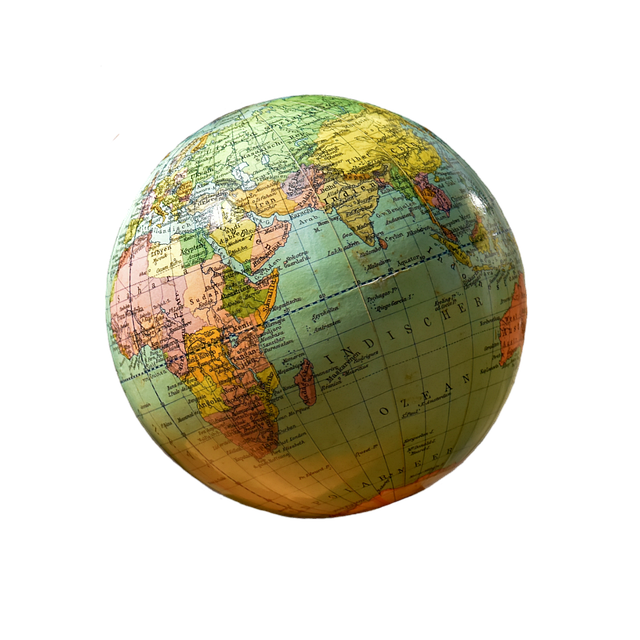Capturing the Panorama: Exploring the Art and Design in Photography
Photography is not just about snapping a picture; it’s about telling a story, capturing a moment, and evoking emotions. One of the most powerful forms of photography that accomplishes this is panorama photography. This art form goes beyond the constraints of traditional photography, enabling you to showcase landscapes, cityscapes, and even intimate scenes in ways that are both artistic and immersive.
The Art of Panorama Photography
When we think of panorama, we often envision sweeping views that take our breath away. The art lies in how a panoramic shot pulls viewers into the scene, inviting them to explore every detail, every curve, and every color. The beauty of a well-composed panorama is that it can evoke feelings of grandeur and wonder. It takes the viewer on a journey, allowing them to feel as if they are standing right there in the moment.
To create a stunning panoramic photograph, one must consider various artistic elements. Composition is key, as is understanding the natural light and how it dances across the landscape. The photographer must have a keen eye for detail and an intuitive sense of design to create images that not only look good but also resonate emotionally.
Design Elements in Panorama Photography
The design aspect of panorama photography involves much more than simply extending the width of a shot. It requires a thoughtful approach to framing, lighting, and perspective. Each element must work together to create a cohesive image. For instance, leading lines can guide the viewer’s eye through the photograph, while contrasting colors can add depth and interest.
Moreover, the design must be intentional. Whether you’re capturing a breathtaking sunset over the ocean or a bustling city street, the arrangement of elements within the frame tells a story. The careful selection of time of day, the angle of the shot, and even the choice of equipment all play a vital role in the resulting image.
Tools and Techniques for Mastering Panorama Photography
As technology evolves, photographers have access to an array of tools and techniques to enhance their panoramic shots. Many modern cameras come equipped with built-in panoramic modes that make capturing sweeping views easier than ever. Additionally, software like Adobe Lightroom and Photoshop allow for seamless merging of multiple images into one stunning panorama, granting more creative control over the final product.
Using these tools effectively can elevate your work from good to exceptional. Experimenting with different focal lengths and settings can produce diverse results. For example, a wide-angle lens captures more of the scene, while a longer lens can emphasize depth and detail in distant objects. Understanding how these elements affect your composition will enhance your photography skills and facilitate a deeper appreciation for this art form.
In the end, panorama photography is a wonderful blend of art and design that captures the essence of a moment and allows the viewer to experience it fully. Whether you’re a beginner eager to explore the world of panoramic photography or an experienced photographer looking to refine your skills, embrace the art and design aspects that make this genre so captivating. So grab your camera, venture out into the world, and start capturing those unforgettable panoramic moments!




